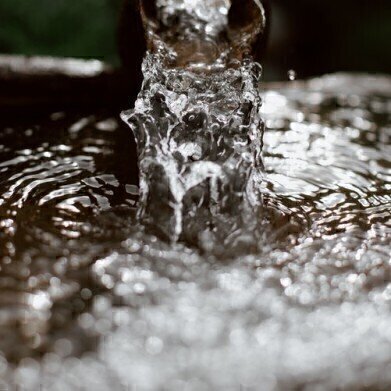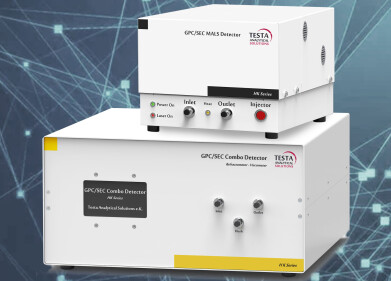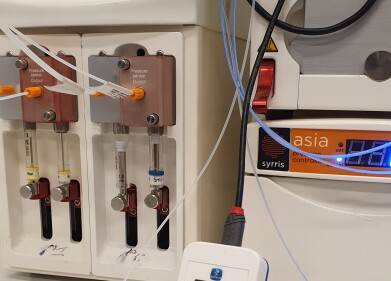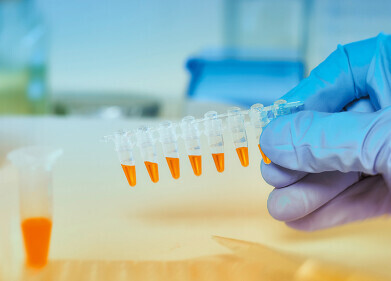Liquid Chromatography
How Do Antiseptic Ingredients Affect the Environment? - Chromatography Explores
Nov 20 2020
One of the impacts of coronavirus disease 2019 (Covid-19) is that we are all taking more precautions towards hygiene. Personal, household, and medical cleaning products are all used to keep us all safe. But during the Covid-19 pandemic the quantity of these disinfectants that are being used has increased significantly.
Researchers in Shijiazhuang in China have recently published an article online in the Royal Society of Chemistry Advances journal that investigated the effect of increased antiseptic use on the environment and in particular their concentration in surface water. In the paper - Simultaneous determination of 11 antiseptic ingredients in surface water based on polypyrrole decorated magnetic nanoparticles – researchers describe a novel extraction method and the use of liquid chromatography to analyse antiseptic ingredients in surface water.
Endocrines in the environment
Medical institutions and public places have increased the frequency and intensity of their hygiene regimes in the wake of the Covid-19 pandemic. Hand washing, hand sanitisers and surface disinfectants have all seen a dramatic increase in use during 2020. The results of this increased use mean that there is likely to be an increased concentration of antiseptic ingredients in the wider environment. And while the increased regimes might be keeping us safe from Covid-19, could there be an environmental effect awaiting us around the corner.
By their very nature, antiseptic properties can affect bugs and microorganisms – after all, they are designed to kill. But several of the ingredients in antiseptic and disinfectant products have been identified as environmental endocrine disrupting chemicals. Some of the main compounds used in disinfectants are halides including quaternary ammonium compounds. Although these are great at being antiseptics or disinfectants, they can be terrible for the environment as they can be strongly adsorbed on negatively charged surfaces such as soils, sediments, and biological cell membranes.
Chromatography takes a closer look at antiseptics
There are many methods that have been used to investigate the concentration of disinfectant compounds in samples. But some of the methods such as QuEChERS and solid phase extraction can require large sample volumes to enable high recovery. But in the paper referenced above, the team used a novel means of extraction using Fe3O4@PPy. PPy is a polypyrrole, a type of polymer that is good at extracting compounds from complex matrices. They coated iron oxide particles with the PPy so a magnetic field could be used to separate the PPy from the matrix giving a better extraction process.
The samples were then analysed using high performance liquid chromatography triple quadrupole tandem mass spectrometry. A method that has a relatively quick analysis time, high sensitivity, and high accuracy. A discussion on liquid chromatography mass spectrometry can be found in the article, Selective and Robust UHPLC-MS/MS Assay for the Determination of Acrylamide Levels in Food Samples. The method that the researchers developed proved to be highly selective and stable for detecting antiseptic ingredients in surface water
Digital Edition
Chromatography Today - Buyers' Guide 2022
October 2023
In This Edition Modern & Practical Applications - Accelerating ADC Development with Mass Spectrometry - Implementing High-Resolution Ion Mobility into Peptide Mapping Workflows Chromatogr...
View all digital editions
Events
Apr 23 2024 Kintex, South Korea
Apr 23 2024 Seoul, South Korea
Apr 28 2024 Montreal, Quebec, Canada
May 05 2024 Seville, Spain
May 15 2024 Birmingham, UK













